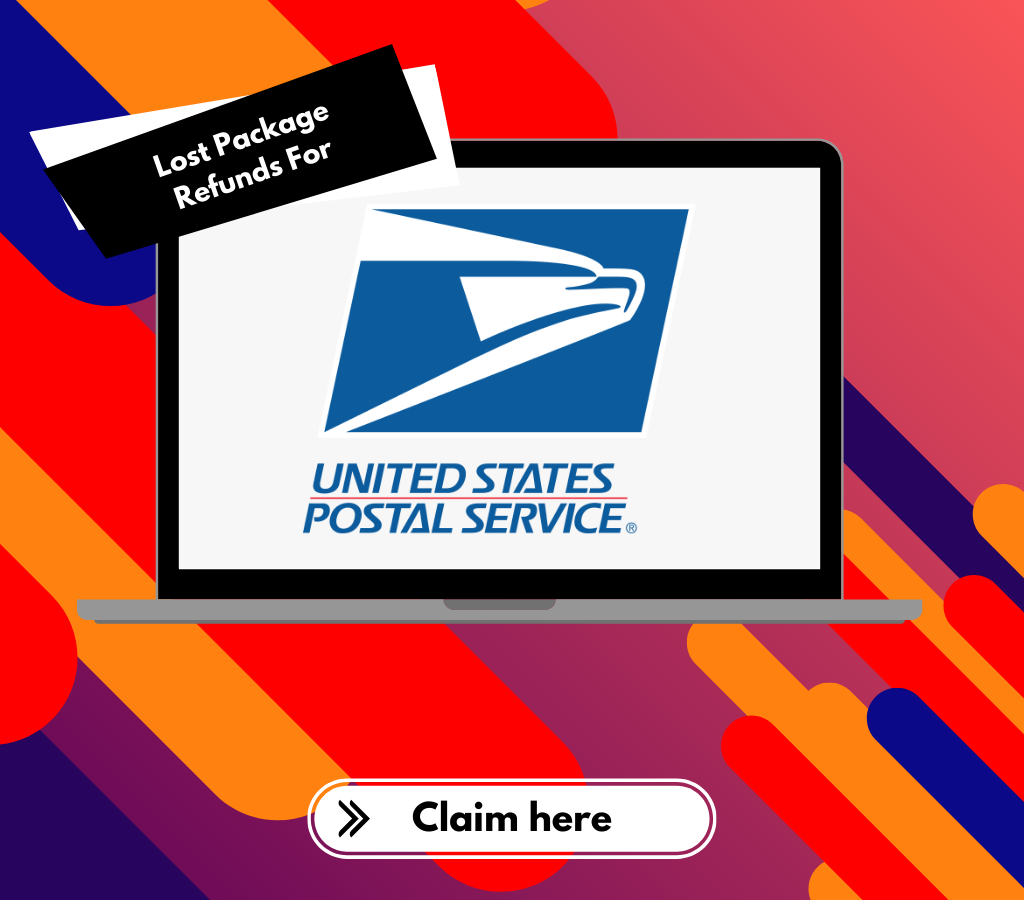Had a package mysteriously disappeared while in transit? Or a customer complaining that their order arrived shattered into pieces?
If you’re nodding your head, silently remembering those dreaded moments, you’re not alone. According to Invesp, 20% of customers say they’ve received damaged products.
This not only leaves you bearing the brunt of replacements or refunds but can cause a serious dent in your brand reputation.
While these issues might not always be in your control, how you prepare for them definitely is.
With shipping insurance, you can get a financial safety net and enjoy peace of mind without constantly worrying about your shipments getting lost, damaged, or stolen. And if you’re running your store on BigCommerce, you’re in luck because the platform lets you easily integrate insurance solutions to insure your orders without breaking a sweat.
Let’s take a deep dive into BigCommerce shipping insurance, its benefits, and how you can set it up.
Overview of Shipping Insurance in eCommerce
No matter how robust your packaging or how reliable your carrier is, certain situations are inevitable. Your package might get damaged due to heavy rain or snowfall, be lost in transit due to logistical errors, or even be stolen from a customer’s doorstep after delivery.
No matter the reason or the issue, the outcome remains the same:
- You’ve got to deal with frustrated customers who’d been eagerly waiting for their orders
- You’re forced to offer replacements or refunds at your own expense
- Your brand’s credibility takes a hit, and
- You risk losing loyal customers
The solution to all these problems is pretty straightforward: shipping insurance.
It ensures both you and your customers are protected against financial losses arising from unforeseen situations. It serves as a financial safety net, so you don’t have to bear these expenses out of pocket. If an issue arises, you can simply file a claim and get reimbursed.
The Need for Shipping Insurance in eCommerce
Online shopping has come a long way. What was once just a convenience has now become a lifestyle. And to keep customers happy and encourage repeat purchases, brands are going the extra mile with same-day deliveries, hassle-free returns, and a seamless post-purchase experience.
However, these developments have only added to logistical complexities.
And no matter how solid a system you create, there’s one critical risk you can’t eliminate entirely: shipping-related loss or damage.
According to Conner Packaging, in-transit damage costs American businesses approximately 0.5% of their gross sales. That’s about $1 billion every year. A billion-dollar hit to margins, customer satisfaction, and brand trust.
This is why you need shipping insurance.
It helps you recover costs quickly when something goes wrong without disrupting your bottom line. Most importantly, it serves as a buffer between you and the ripple effects of a poor delivery experience.
Whether you’re dealing with high-value items or managing a high volume of daily orders, shipping insurance gives you peace of mind, letting you focus on growing your business instead.
BigCommerce Shipping Insurance Features
First things first. BigCommerce doesn’t come with built-in shipping insurance. This means you can’t just secure every order from within the dashboard.
But here’s the good news: you’ve still got excellent options.
You can leverage third-party apps and integrations to get BigCommerce shipping insurance. Here are some key features they offer:
1. Flexible Rules
With third-party shipping insurance integrations, you don’t have to settle for a one-size-fits-all plan. You can create custom rules based on:
- Product value
- Destination
- Shipping method
- Risk category
Only want to insure orders over $100? Or cover packages that are shipped internationally? Third-party integrations let you control it all.
2. Customized Coverage Options
Spoiling customers with options isn’t just limited to products. With BigCommerce shipping insurance, you can let them avail of insurance as an additional opt-in during checkout.
This could either be at a fixed rate, a percentage-based fee, or even free as part of premium shipping plans. This builds customers’ trust and improves their overall buying experience.
3. Claims Tracking and Hassle-Free Management
Filing claims for lost or damaged products can be quite a hassle. But BigCommerce shipping insurance integrations make it incredibly simple. Some platforms even let customers file claims directly through a branded portal, cutting down the workload of your support team.
They also give you access to a centralized dashboard to track claims, manage paperwork, and receive real-time updates.
Benefits of Using BigCommerce Shipping Insurance
Sure, shipping insurance protects you against loss and damage. But it also offers a ton of other benefits:
1. Protection Against Loss, Theft, and Damage
Once a package leaves your warehouse, you don’t have much control over it. From this moment on, it’s all up to the carrier, weather Gods, and the occasional porch thief. The parcel might be dropped, go missing, or be left out with the elements.
With shipping insurance, you don’t have to worry about pocketing the costs of dealing with angry customers. It ensures you’re covered and your customers aren’t left without answers.
2. Lower Financial Liability
Every time a package is damaged or goes missing, you need to replace it or offer a refund to the customer. This extra cost comes out of your margin and can stack up over time.
Shipping insurance ensures you don’t need to shoulder this loss alone. You can simply file a claim to recover the costs without disrupting your balance sheet.
3. Better Customer Experience
Sure, you can’t control what happens to a package after it leaves your warehouse. But your customers don’t care who’s at fault when something goes wrong. All they care about is a quick resolution.
Offering shipping insurance not only shows that you’re prepared for any uncertainties but also have a solid solution in place. Some shipping insurance providers also let the customer directly file a claim without going back and forth with the support team.
4. Peace of Mind
Running an eCommerce business already comes with a ton of challenges. Constantly worrying about the status of your order shouldn’t be one of them.
Shipping insurance provides peace of mind, knowing both you and your customers are covered in case things go wrong.
How to Set Up Shipping Insurance on Bigcommerce
We’ve established that BigCommerce doesn’t offer built-in shipping insurance. This means you need to use third-party platforms and integrations to add insurance to your BigCommerce store.
A simple way to do this is through dedicated platforms like LateShipment.com, which offer comprehensive shipping insurance with full automation, customizable rules, and an impressive claims success rate.
Follow these steps to set it up:
Step 1: Create Your LateShipment.com Account
Head to LateShipment.com and create a free account. Once you’re in, the platform guides you through a quick onboarding process tailored to your shipping needs.
Step 2: Generate a BigCommerce API Key from Within LateShipment.com
Within the LateShipment.com dashboard, choose BigCommerce as your platform. The system will prompt you to generate an API key that links the two platforms. This enables seamless data sync for orders, shipping labels, and insurance coverage.
Step 3: Copy & Paste the API Key into Your BigCommerce Store
Once the API key is generated, simply paste it into your BigCommerce store settings when prompted. That’s it. Your integration is complete.
Case Studies and Success Stories
Here are some real-world success stories that highlight the impact of shipping insurance on e-commerce brands:
1. SunJoy
SunJoy, a leading outdoor furniture brand, faced challenges with multi-carrier shipping and managing claims across different platforms. To tackle this issue, it integrated transactional shipping insurance.
This led to:
- 40% Reduction in Claims Resolution Time: The average claims resolution time decreased from 5.1 days to 2.5 days.
- Enhanced Customer Satisfaction: Faster claim resolutions allowed SunJoy to address customer concerns promptly, strengthening its reputation for exceptional service.
2. DataVision
DataVision, one of the biggest consumer electronics online retailers, required insurance coverage but only for high-value items. They implemented rule-based automation to insure only those shipments valued at $300 or more.
This approach resulted in:
- Reduced unnecessary spending due to selective insurance coverage
- Better customer satisfaction and repeat business
- No stress of tracking covered shipments
3. JCR Distributors
JCR Distributors, a brand dealing in luxury residential kitchen and bath products, faced a significant challenge. Shipping fragile, high‑end items led to frequent losses and lengthy carrier claim disputes. This further delays replacements, frustrating customers.
The brand opted for shipping insurance for full-value coverage on small parcels at label creation and all-risk cargo insurance. The result?
- Instant replacements without waiting for denied carrier claims
- Insurance pays for itself annually through recovered losses
- Faster order fulfillment and happier customers
To Sum Up
Shipping insurance is non-negotiable for your eCommerce store. In fact, multiple brands, big and small, are leveraging this solution to minimize their financial risk and keep customers happy. Without proper insurance in place, you risk bearing hefty expenses out of pocket, unhappy customers, and time‑consuming carrier disputes.
Integrating solutions like LateShipment.com into your BigCommerce store lets you automate coverage, customize rules, and handle claims without any hassle.
So, don’t let lost, damaged, or delayed shipments eat into your profits or your brand reputation. Book a demo with LateShipment.com to protect every order and streamline your post‑purchase experience.




